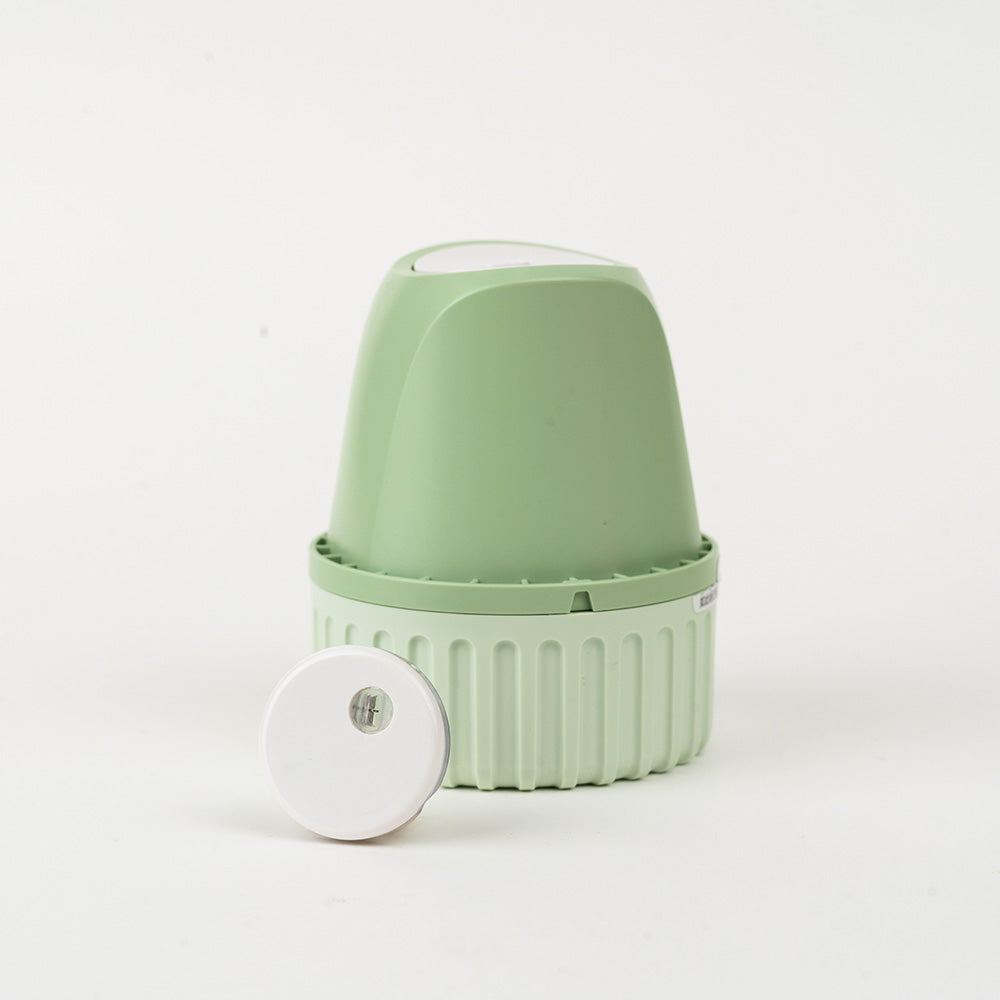Diabetic ketoacidosis (DKA) is one of the most serious complications of diabetes. It develops when the body produces dangerously high levels of ketones—blood acids created when fat is broken down for energy. While DKA is most common in people with type 1 diabetes, it can also occur in those with type 2 diabetes under certain circumstances.
The good news is that with the right tools—like continuous glucose monitoring (CGM)—DKA is often preventable.
What Is DKA?
DKA happens when insulin levels are too low to allow glucose into cells. Without glucose, the body switches to burning fat, which produces ketones. If ketones build up, they make the blood acidic. Without prompt treatment, this imbalance can be life-threatening.
What Causes DKA?
DKA usually arises from situations where the body doesn’t get the insulin it needs. Common triggers include:
- Missing or reducing insulin doses
- Illness or infection
- Physical or emotional stress
- Certain medications
What Are Some Warning Signs To Watch Out For?
DKA can develop quickly, often starting with mild symptoms that worsen if untreated. Key warning signs include:
- Extreme thirst and frequent urination
- Dry mouth, tiredness, and headaches
- Nausea, vomiting, or stomach pain
- Fruity-smelling breath
- Rapid, deep breathing
- Confusion or drowsiness
Sometimes, DKA may even be the first sign of diabetes in someone not yet diagnosed.
How Is DKA Diagnosed?
If you suspect DKA, it’s vital to check both blood glucose and ketones.
- Below 0.6 mmol/L: Normal
- 0.6–1.5 mmol/L: Slightly elevated—retest in 1–2 hours
- 1.6–2.5 mmol/L: Higher risk—seek medical advice
- Over 2.5 mmol/L: Emergency—get immediate medical help
Treatment
DKA requires urgent hospital care. Treatment usually involves:
- Fluids to rehydrate and dilute excess glucose
- Electrolytes to restore balance for the heart, muscles, and nerves
- Insulin therapy to bring blood glucose and ketones back to safe levels
Prevention: The Role of Continuous Glucose Monitoring
Prevention is always better than cure. Staying on top of diabetes management reduces the risk of DKA. This includes:
- Monitoring blood glucose regularly
- Taking insulin as prescribed
- Eating a balanced diet and staying active
- Acting quickly if unwell or under stress
Finger-prick testing offers snapshots of glucose levels, but it may miss dangerous swings in between checks. That’s where a continuous glucose monitor (CGM) comes in.
The LinX 15-Day CGM provides round-the-clock, real-time tracking of glucose trends—without constant finger pricks. With continuous insights, you can detect rising glucose levels early, make informed choices, and lower your risk of complications like DKA.
For many people with diabetes, using a CGM feels empowering—shifting from reacting to symptoms to preventing them.
Final Thoughts
Diabetic ketoacidosis is serious, but it’s also highly preventable. With consistent treatment, healthy habits, and advanced tools like the LinX 15-Day CGM, you can take a proactive approach to protecting your health and gaining peace of mind.
References
- Diabetes New Zealand
- Mayo Clinic (US)
- Diabetes UK
- Centers for Disease Control and Prevention (CDC, US)
- WebMD (US)
- National Health Service (NHS, UK)

